PICKUP01
TDC’s History
Thinking of Others and Continuously Making Changes - A Story Spun by the TDC SOFT Group
Encounter with “electronic calculators” that fascinated me during my visit
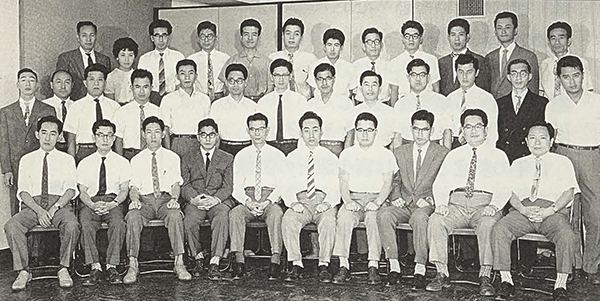
Around 1959, Katsumi Nozaki, founder of TDC SOFT Group, came across a computer at the Fuji Bank (now Mizuho Bank) office center on business. At the time, Japan was at the dawn of the postwar economy, when private-sector capital investment was rapidly increasing. Riding on the momentum of the government’s move to promote the electronics industry, Nozaki was also one of the challengers, enthusiastic about “giving computers a try. Later, Nozaki acquired expertise through training at IBM Japan, and in October 1962, he concluded a lease agreement with IBM Japan for a punching machine and opened the Tokyo Mechanical Computing Office (Punch Center). Although it was unprecedented for a sole proprietorship and IBM Japan to enter into such a contract, it was accomplished through the efforts of Mr. Nozaki and the cooperation of those who trusted him.
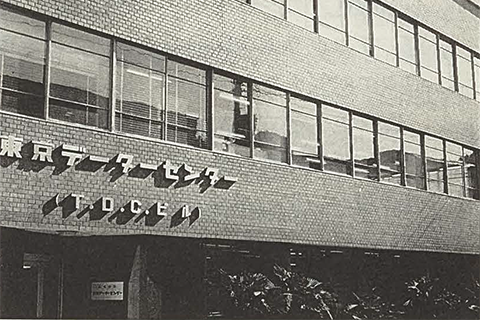
Converted to a “calculation center” in response to rising demand for calculations.
Within a few years of its founding, the data entry-focused “Tokyo Machine Calculation Office” had established a corporate foundation and was growing steadily. However, Nozaki had already given up on the future of the punch center.
As computers began to spread rapidly and their uses expanded, demand for “computation centers,” which use computers to perform outsourced computing operations, was increasing. In response to this trend, Nozaki was also looking to move to a computation center, but it was necessary to spend an enormous amount of money to install equipment in order to perform contracted computation work. At the time, we did not have the capacity to do so, so we had no choice but to start operations by borrowing equipment at night, when the computers of major users were free. Realizing that it was a rough road, Mr. Nozaki looked to the future of the company and decided to convert the business to a computation center. He changed the company name to Tokyo Data Center Corporation and took a new step forward.
However, as the number of projects increased and the number of young engineers grew, the company decided to introduce computers, taking into consideration future business development and employee motivation. After the introduction, we are able to provide more detailed services that meet the needs of our clients.
Started development and sales of own products
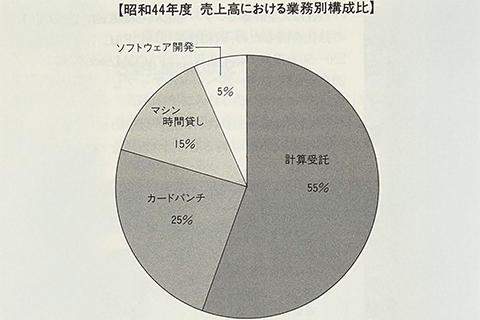
Five years after the introduction of computers, more than half of the company’s operations consisted of contract computing. Even under such circumstances, Mr. Nozaki was quick to focus on “software development,” which accounted for less than 5% of our business, and in 1968 he established an R&D Office to conduct research.

In 1975, the company completely withdrew from contract computing and became an equal partner of manufacturers. This move away from dependence on computer manufacturers was the catalyst for a change not only in the nature of our business, but also in our corporate structure itself.
After entering into in-house development and sales of software products, the company changed its name to “TDC Corporation” because there was a gap between the company name and its business activities.
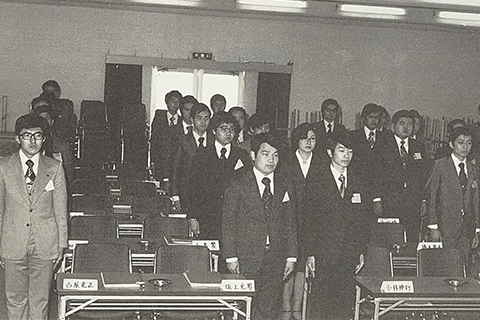
While the de-calculation center measures were progressing smoothly, the company also made parallel progress in the development of benefit programs. Mr. Nozaki was a pioneer in implementing a two-day workweek, began hiring new graduates, and established the Tokyo Metropolitan Information Processing Industry Health Insurance Association (now the Tokyo Metropolitan Information Service Industry Health Insurance Association), a health insurance association for the information service industry, thereby improving the working environment in this industry.
Development of “MRDB” leading to the present and the third change of business category
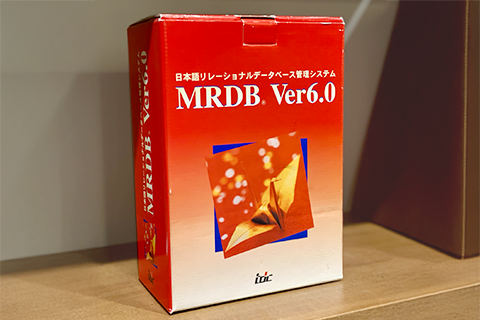
At the time, our products were turnkey systems built on office computers for specific industries and operations. Therefore, although we were achieving sales results, our employees were busy with system maintenance work for each customer. Furthermore, the number of engineers and costs incurred in porting the system to new models that were released one after another ballooned, and the time came to review the development and sales policies for the system products as a whole. The product “MRDB” developed at that time became the cornerstone of our company’s position as a “system integrator” that has continued to the present day.
In our 1985 management plan, we formulated a policy to further strengthen our software business foundation. The decision was made to transform the company into a “software engineering company” that had enhanced its ability to coordinate system construction by building on the technological base it had developed through software development.

Overcoming the greatest crisis, all employees worked together to realize the "Stock Listing.
In 1992–on the occasion of the 30th anniversary of the company’s founding–the biggest crisis in the company’s history, the “bubble burst,” hit the company. Influenced by the current trend of freezing investment in information technology and lowering unit prices, the company’s business situation changed drastically as it was preparing for its first initial public offering. Sales fell from 7.4 billion to 4.6 billion yen, and the entire group was forced to undergo a major restructuring.
Based on this experience, we introduced “Total Quality Management (TQM) (*1)” to improve product quality and target management as well as to build a corporate management foundation. In addition, on the anniversary of our founding, we announced our management philosophy and action guidelines to all employees and began to renew our corporate culture. TQM, which was promoted with the united efforts of all employees, led to the improvement of services and products, such as the “construction of information communication infrastructure” and the development of “MRDB V6”. In 2001, the company was listed on the Second Section of the Tokyo Stock Exchange, and in 2002, it was approved for listing on the First Section (now the Prime Market).
-
1… “Company-wide quality management” means. A concept for comprehensive improvement of a company by reviewing the individuals, business processes, and systems that make up the organization in order to achieve customer satisfaction.
Expanding Circle through Improvement of Quality and Management Skills
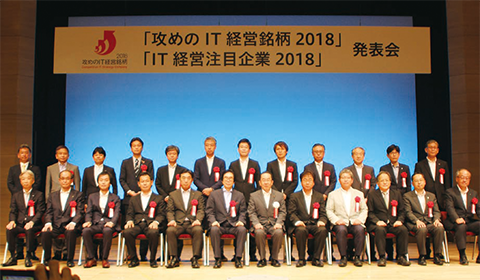
Since the introduction of TQM, we have continued to improve project management efficiency and service, achieve CMMI (*2) Level 3, and promote PMP (*3) certification, which will successfully deter the occurrence of low-profit projects in 2015. This has led to further enhancement of quality and management capabilities. In 2017, which marked the 55th anniversary of our founding, we coined the term “next-generation system integrator” and accelerated our investment in next-generation SI business. This successfully strengthened our agile and technical capabilities, and in 2018 we were selected as an “IT Management Noteworthy Company 2018” which received a great response, and in 2023 we were certified as a “Core Business Partner” by NTT Data Group Corporation.
-
2…Criteria for evaluating process improvement and quality improvement in an organization
-
3…Project Management Professional. A worldwide certification in the field of project management.
DNA inherited from the time of our founding
Since our performance recovered from the bursting of the bubble economy, we have remained debt-free, and both sales and the number of employees employed have continued to rise. Throughout our history, our founder, Mr. Nozaki, has always had foresight and has repeatedly changed the type of business. At the core of his efforts has always been the benefit of his employees, society, and customers. We will continue to carry on the DNA of our founder, who was never afraid to change and always took on challenges for the sake of others.
